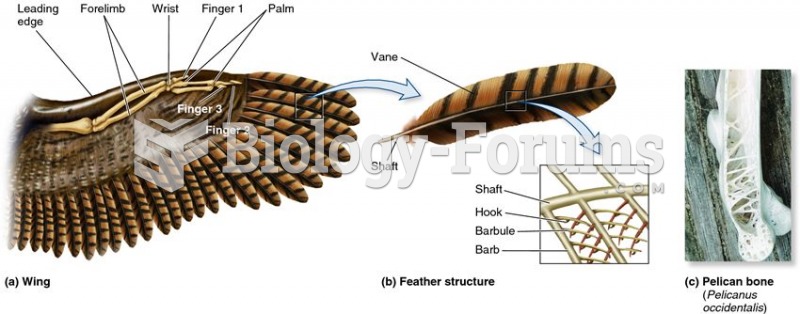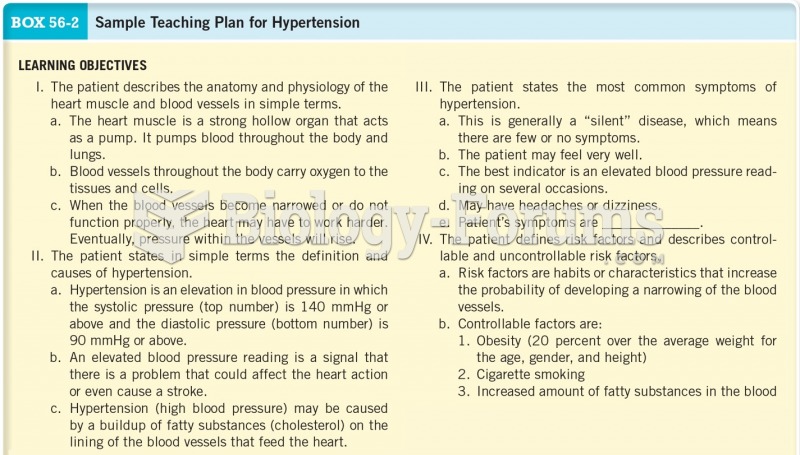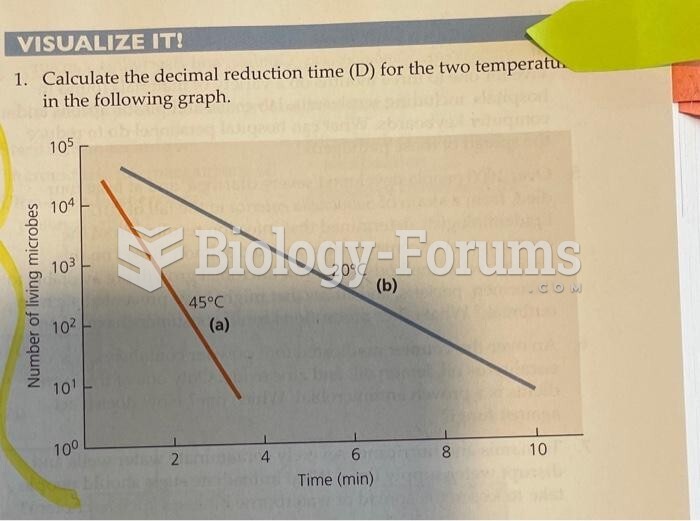Answer to Question 1
Like other USDA Food Patterns, the DASH Eating Plan reflects the Dietary Guidelines and allows people to stay within their energy allowance, meet nutrient needs, and reduce chronic disease risk. The DASH approach emphasizes potassium-rich fruits, vegetables, and low-fat milk products; includes whole grains, nuts, poultry, and fish; and calls for reduced intakes of sodium, red and processed meats, sweets, and sugar-containing beverages. In combination with a reduced sodium intake, DASH is even more effective at lowering blood pressure than either strategy alone. In addition, DASH lowers the risk of some cancers, heart disease, and stroke
Answer to Question 2
For years, a high sodium intake was considered the primary factor responsible for high blood pressure. Then research pointed to salt (sodium chloride) as the dietary culprit. Salt has a greater effect on blood pressure than either sodium or chloride alone or in combination with other ions. The response to a high salt meal may be immediate, reducing blood flow through arteries; this condition is reversible if such meals are not habitual. The elevation of blood pressure in response to a high-salt diet over years is progressive, and the damage caused to blood vessels is irreversible.
Blood pressure increases in response to excesses in salt intakemost notably for those with hypertension, African Americans, and people older than 40 years of age. For them, a high salt intake correlates strongly with heart disease, and salt restriction (to no more than 1500 milligrams of sodium per day) helps to lower blood pressure.
A salt-restricted diet lowers blood pressure and improves heart disease risk in people without hypertension as well. Because reducing salt intake causes no harm and diminishes the risk of hypertension and heart disease, the Dietary Guidelines for Americans advise limiting daily salt intake to about 1 teaspoon (the equivalent of about 2.3 grams or 2300 milligrams of sodium). The American Heart Association goal is to lower blood pressure by reducing sodium intake to less than 1500 milligrams a day.
Considering the success of DASH in lowering blood pressure, restricting sodium to treat hypertension may be narrow advice. The DASH eating pattern is rich in calcium, as well as in magnesium and potassiumall of which help lower blood pressure.







